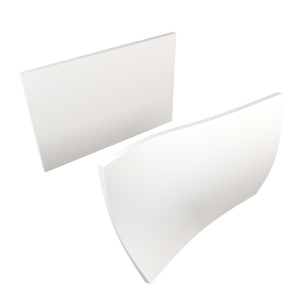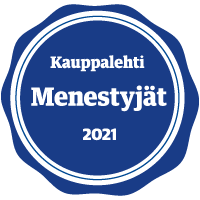
Nylon PA2200
General applications
PA2200 is a nylon based on polyamide 12. Compared to ordinary polyamide, PA2200 nylon has a higher melting point and crystallization. As a raw material, PA2200 nylon is considered the standard material for 3D prints.
Toughness and high strength as well as excellent chemical resistance make nylon a good and functional technical plastic. For SLS-technology the most produced and used basic material, it is also usually the cheapest option for component manufacturing. The large production capacity also helps in prototyping both in terms of the price level and the fast delivery schedule.
In addition to visual and functional prototypes, typical applications include fully functional end-use products. Due to the excellent mechanical properties, the material is generally used to replace, for example, injection-molded products when mold manufacturing is not economically viable (e.g. for small series productions).
PA2200 is also certified for e.g. prosthetic use, food industry use and other challenging applications.
The PA2200 is suitable for use in the food and healthcare industries. The material has been tested and approved (to a limited extent) in accordance with the EU directive (2002/72/EC) and has been granted a Biocompatibility certificate.
Examples of fields and areas of use:
- Visual and functional prototypes
- Functional final products
- Prostheses
- Food industry
- Health care
- Industrial products in general
Using the material in industrial 3D printing
Nylon is printed with SLS technology. SLS (selective laser sintering) is an additive printing technology. The print is created from a finely divided powder, which is melted in the building chamber in layers to the desired shape.
The end result of SLS technology has good tolerances and high strength, vibratory finishing can be used as a post-processing of the print to achieve smoother surface than standard raw-finish.
Read more about SLS technology.
When manufacturing products or spare parts in smaller series, 3D printing and PA2200 material are often used to replace previously injection molding. The PA2200 material has good mechanical properties, heat resistance and suitability for assembling sub-assemblies due to its durability.
Compared to injection molding, 3D printing is a significantly faster and cheaper method in small series production, but also an easier option in terms of product updates, customization, and maintenance of the product and spare parts catalog.
Surface Treatment
SLS nylon can be surface treated in many ways. The most common surface treatment is dyeing: it is possible to dye the plastic by so-called “dip-dyeing” in any basic color, so that the surface becomes even and its thickness does not change like when painting.
In addition, nylon can be made smoother with vibration sanding, so the surface quality resembles more an injection molded part. Visual presentation pieces and e.g. miniature models can also be painted.
3D Printing Technique: Selective Laser Sintering (SLS)
Build chamber/max size: 320 mm x 320 mm x 600 mm
Layer thickness: 120 um
Dimensional accuracy: ± 0,25mm + ± 0,1mm/100mm
Read more:
Mechanical Properties
Wall thickness
The recommended wall thickness is 1 mm. Structures smaller than this are very fragile and may not withstand the post processing stage where the excess powder is removed.
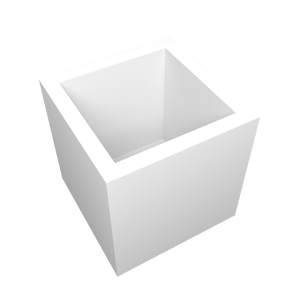
Clearance
The recommended clearance when constructing complex functional structures such as joints is 0.5 mm. In the production phase some powder stays between the parts and must be removed after finishing. If the clearance is too small the powder will compress and possibly even partially melt making it difficult to remove the parts.
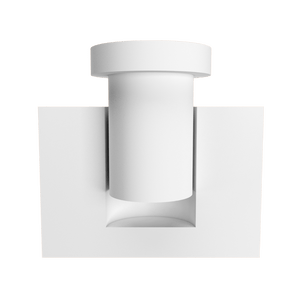
Inside and outside font labels
Inside and outside texts and labels are possible to print depending on the font size, depth/hight of the text and the orientation when printing. Consult our experts for more information.
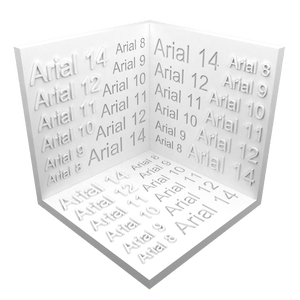
Warping
Large thin areas may warp during cooling process. The warping effect is minimised with good design and production management.
